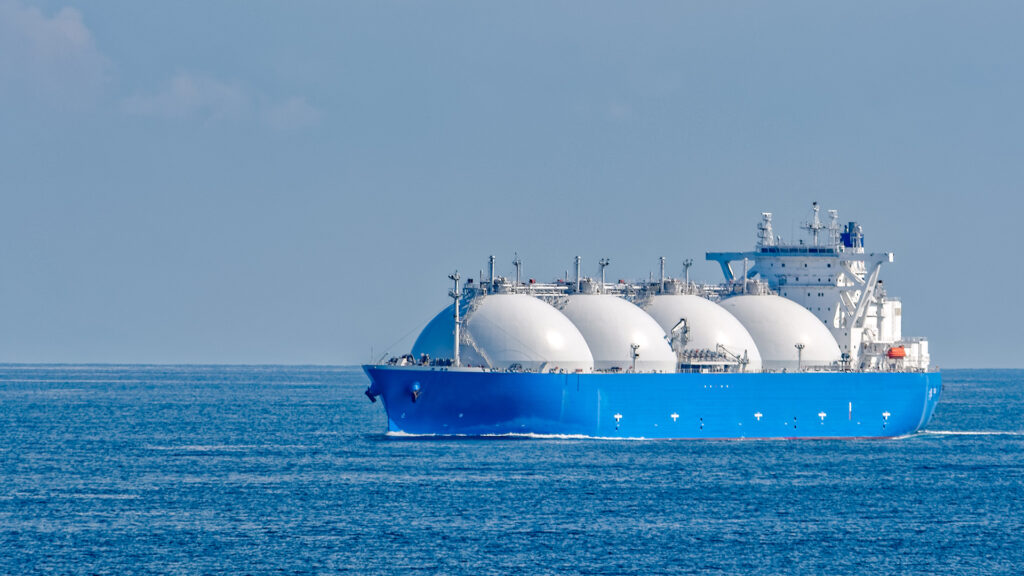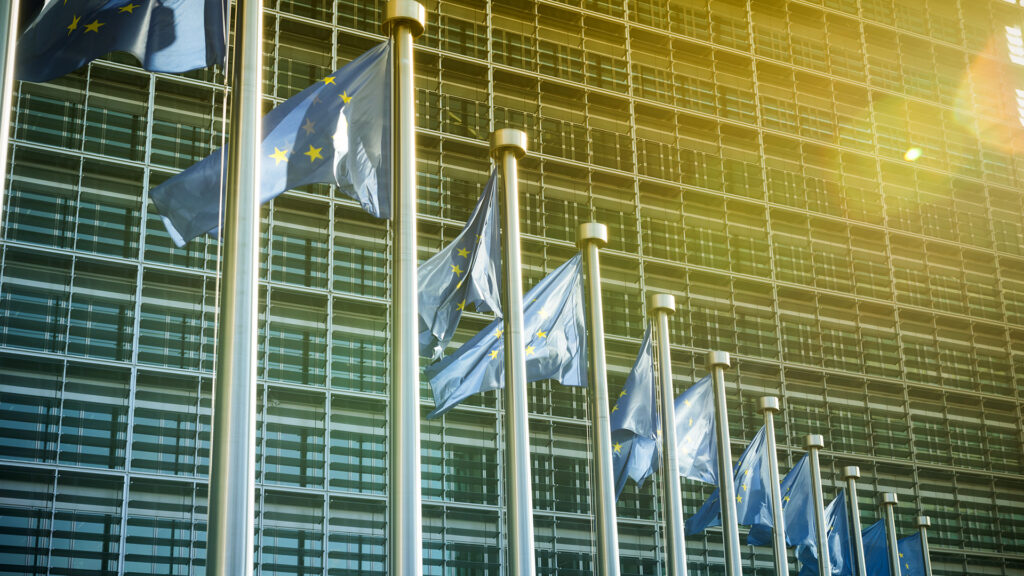Green is the new black: developments following the Paris climate change conference, January 2016
Whilst the final details are still being ironed out, the international community has celebrated what appears to be an agreement following the recent meetings in Paris.
The global climate conference (the Conference of Parties or COP21) held in Paris at the end of 2015 has marked a historic agreement that may see a departure from fossil fuel driven economies. Will this re-ignite a rush to new green fuel initiatives?
With the long term goal aimed at eliminating net greenhouse gas output, 196 countries signed a new climate change agreement (the Paris Agreement) and pledged to curb carbon emissions whilst deploying renewable energy projects alongside, and together with, the stated aim of reducing deforestation.
As ambitious as it may be, the Paris Agreement aims to establish a greener and carbon-free economy by 2050 by phasing out, and eventually ending, the long term sole dependence on fossil fuels.
It is well acknowledged that some countries, especially the least developed countries, remain reliant on fossil fuel extraction to fuel growth and socio-economic development. This model may prove to be less sustainable. Any progress must, as many commentators agree, allow growth to continue and may therefore result in a greater demand for the less polluting carbon options, be it cleaner coal or less polluting solar power.
Incentives need to be implemented as well as a strong legal framework. More importantly, affordable and accessible technology necessary to promote a transition to more renewable energy in developing countries is required.
To tackle this issue, the Paris Agreement establishes a system to encourage developed countries to participate voluntarily in providing financial, technological and capacity building support to developing and least developed countries so that they may cope with the transition to a greener economy and/or design more effective infrastructure.
Provisions concerning international carbon trading were also re-established under a new label called “internationally transferred mitigation outcomes” or ITMOs. ITMOs are similar to Kyoto’s Joint Implementation (JI) programme, where a host state can sell its emissions units to another state to be used by the purchasing state to meet its Nationally Determined Contributions (NCDs). Under the new framework, public and private entities can participate and robust accounting and offsetting rules will be introduced to avoid double accounting.
Transition momentum
Whilst energy analysts have predicted that future investment in fossil fuel sources may be vulnerable, opportunities may present themselves to those with higher quality coal, oil and gas who can take advantage of the mitigation opportunities.
Countries such as the US, Germany and Australia have started to speed up the deployment of sustainable energy sources and have accelerated the transition to a cleaner, lower carbon energy system such as wind, solar, hydropower, geothermal and biomass.
What remains interesting has been the ability of certain traditional energy companies and suppliers to take advantage of the new market place. The result has been that greener technologies are rapidly becoming more competitive.
Working together with traditional energy providing sources who can supply base-load power supply will need a number of complimentary power sources to materialise. For instance, solar technologies have become more affordable and accessible as the costs of solar modules and component costs have fallen dramatically over the past few years. Moreover, the development of geothermal and biomass energy has also become more feasible and attractive.
New opportunities
The Paris Agreement clearly signals new opportunities in the development of renewable energy resources working alongside more traditional energy sources and the creation of clean technology infrastructures. With a strong business case for renewable energy, the idea of investing in the development of clean energy resources could be reinvigorated.
The Paris Agreement also encourages the collective efforts of developed countries to take the lead in mobilising climate finance from a wide variety of sources. Some of these sources may include the participation of traditional power providers as well as instruments to spur developing countries on a faster track to a greener energy economy. This is likely to lead to significant flows of foreign investment and international financing to boost renewable energy projects in developing countries.
How HFW can help
HFW has in-depth experience in advising on a number of Clean Development Mechanism (CDM) and JI projects and has strong expertise in capital and trade finance. HFW is able to advise investors and borrowers on the implementation and documentation of projects. We can guide and advise you on both the international and local elements of the project to ensure that this business is compliant with its global legal requirements.
Download a PDF version of ‘Green is the new black: developments following the Paris climate change conference, January 2016’











